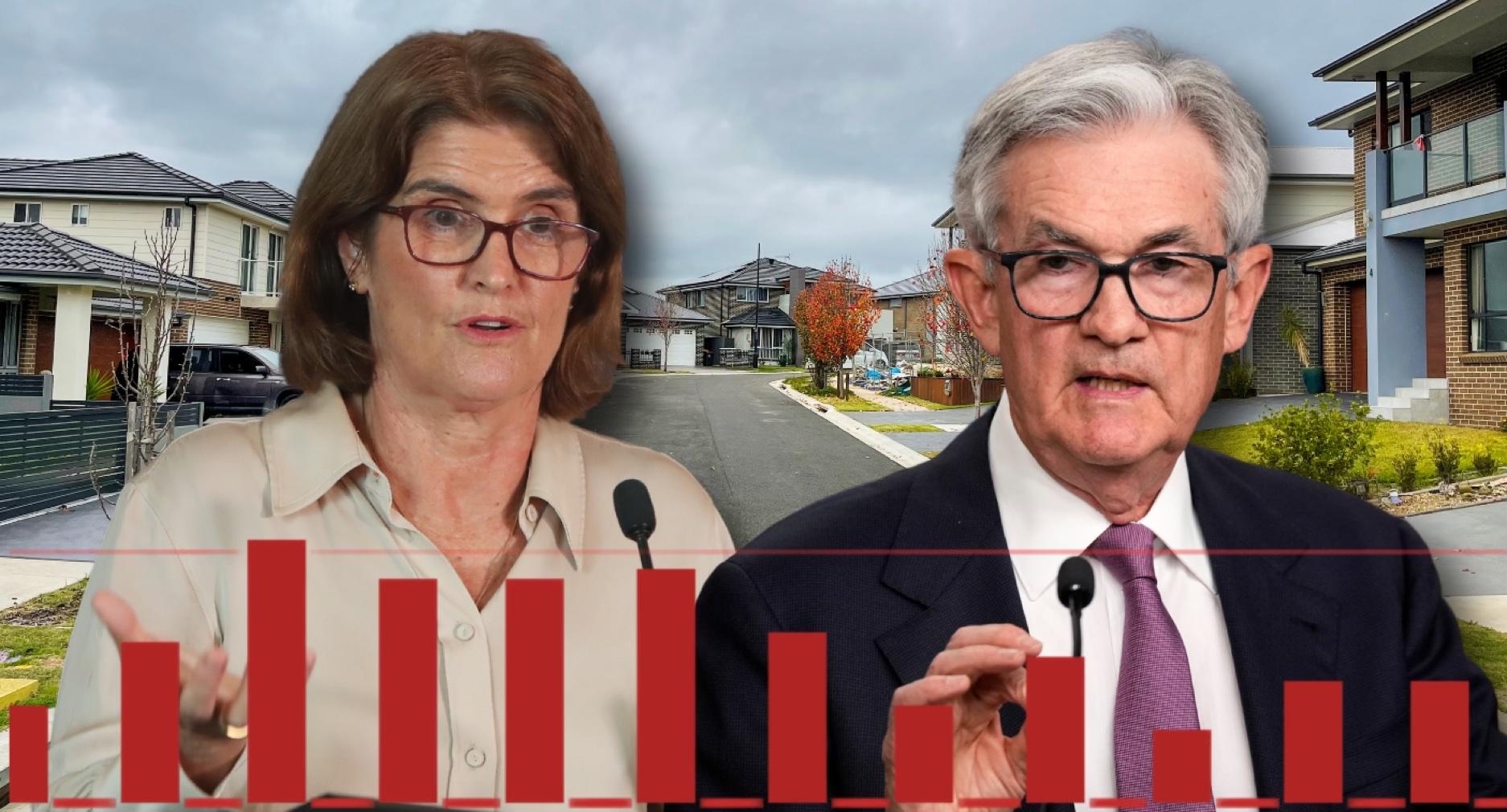Stark sign Australian interest rates will be cut: ‘Priced in’
Economist Stephen Koukoulas believes the writing is on the wall for Australia to finally start bringing down interest rates.
Where to start!? There is a lot going on in the economy and for interest rate settings around the world, all of which have an important influence on what the Reserve Bank of Australia will do with our interest rates.
To international events first. The US Federal Reserve has signalled, in no uncertain terms, that interest rate cuts are set to roll out.
Slower growth, a softer labour market and an outlook of well-contained inflation have set the scene for interest rate cuts starting next month, with investors “pricing in” a total of around 150 basis points of cuts in the US over the next 18 months or so.
Indeed, the Chairperson of the Federal Reserve, Jerome Powell, noted today that “a reduction in the policy rate could be on the table as soon as the next meeting in September … We’re getting closer to the point at which it’ll be appropriate to reduce our policy rate, but we’re not quite at that point”.
Powell also noted that the US economy is getting “broader disinflation”, a critical issue for inflation hitting the Fed’s target and underpinning the case for interest rate cuts.This is as direct as one can get.
Put September 18, US time, in your diary for the start of the interest rate cutting cycle in the US. Investors are currently pricing in almost three full 25 basis points of rate cuts by the end of 2024.
Already, interest rates have been cut in Canada (twice), China, the Eurozone, Sweden, Denmark and Switzerland, to name a few and in addition to rate cuts in the US, investors are pricing in interest rate cuts in the UK and New Zealand.
Now for domestic issues in Australia
The June quarter inflation data were, frankly, mixed.
While the headline inflation rate was as expected, up 1.0 per cent for an annual increase of 3.8 per cent, the trimmed mean measure, which strips out extreme price changes usually unrelated to the business cycle, rose 0.8 per cent, which was below market forecasts.
Investors reacted with gusto to the news to quickly price in three interest rate cuts from the RBA over the next 18 months, with a risk of the first cut occurring before year’s end.
What is important about the inflation data is not so much the June quarter result, but rather the expectation for the next release, the September quarter, which is forecast to record zero change.
This would see the annual inflation rate drop to 2.6 per cent, effectively the middle of the RBA’s 2 to 3 per cent target range.
The reasons for this sharp drop in inflation in the September quarter are linked to the effect of government electricity subsidies, the slowing economy, and the pass-through of falling global commodity prices.
What is also important, and the revised forecasts released from the RBA next week will confirm, is inflation will be in the target range for at least the next year. If the weaker growth and higher unemployment data persist, the inflation forecasts beyond 12 months will be consistent with the target.
But there is more to the RBA deliberations than inflation
Unemployment and the state of the labour market are critical parts of RBA monetary policy management.
This is often overlooked in the commentary, particularly those pleading for more interest rate hikes.
In the past year, the unemployment rate has risen from 3.5 per cent to 4.1 per cent while the number of job vacancies has dived 26 per cent in the past two years, a clear signal of yet higher unemployment over the medium term.
What’s more, there has been a cooling in wage growth.
The quarterly rise in the wage price index has eased from a peak of 1.2 per cent in the September quarter of 2023 to 1.0 per cent and then 0.8 per cent in the most recent data. A clear trend.
These stark and obvious trends in the labour market have the potential to be inconsistent with the RBA mandate.
Lower interest rates can moderate the extent of the weakness in the labour market.
All up, the monetary policy tightenings of the past two years have worked, and it is now time to ease.
The timing and extent of interest rate cuts in Australia remains an open debate, but it seems reasonable to expect 100 to 150 basis points of interest rate cuts by the end of 2025 as inflation falls and the RBA works to stem the rise in unemployment.


